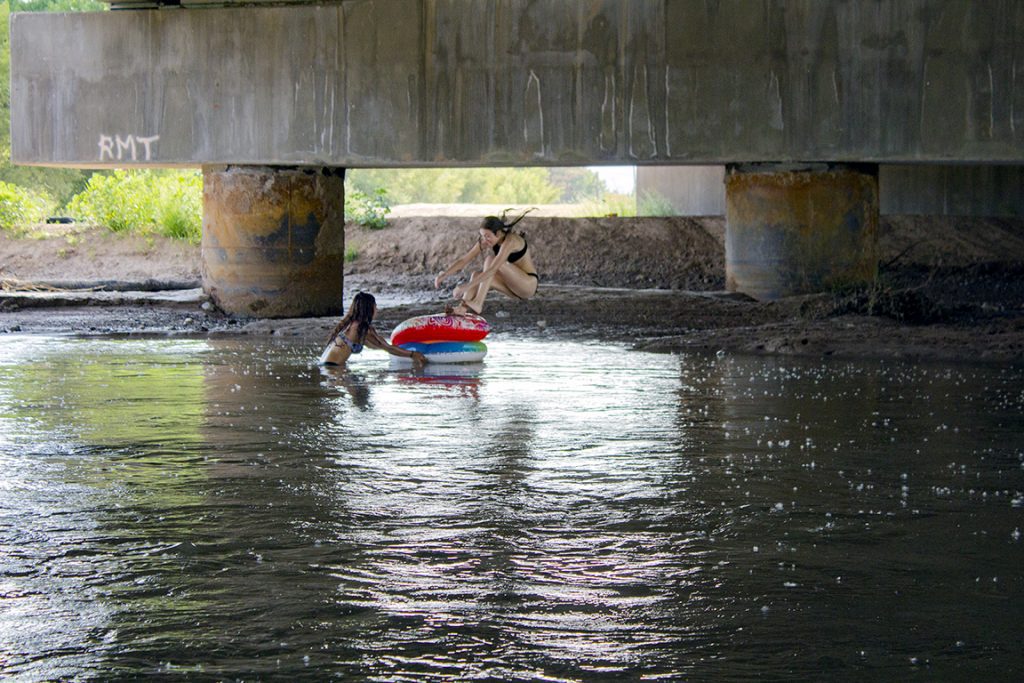Current work in wildlife, rivers, public lands, and climate
Press Releases
Comments needed on New Mexico’s 50-year water plan
Governor Michelle Lujan Grisham identified developing a 50-year water plan as an integral part of her water management strategy upon assuming office and highlighted the need to “rethink how we manage our water supply.”
The Leap Ahead Analysis; however, is a 241-page document that includes a chapter detailing impacts of climate change to agricultural production and municipal and industrial water needs, but has no corresponding chapter related to the ecological health of rivers and streams. Recreation is only mentioned once in the draft and completely omitted are the ways that climate change may impact the quality of life that rivers provide and the medley of endangered species they support.
“The stated objectives of the 50-year water plan are commendable but the Leap Ahead Assessment misses some critical pieces,” said Tricia Snyder, Rio Grande Campaigner for WildEarth Guardians. “The report does not adequately address how climate change will affect the ecological health of our state’s rivers, streams, and riparian areas, as well as the projected impacts to fish and wildlife, particularly endangered species.”
Much of the American West remains in severe drought conditions, with scientists increasingly sounding the alarm about the increase in aridification, or a more permanent drying. Waterways throughout the West are already overallocated, with demand increasing due to warmer temperatures, and their flows are disappearing due to climate change. While the Leap Ahead Analysis identifies the need for, “collaborative translational approaches,” “thoughtful anticipatory planning,” and admits, “[t]he unpleasant reality of climate change is that the status quo is no longer an option,” it fails to look at a holistic picture with all river and water values—like recreation, fish and wildlife, and quality of life—on a level playing field.
“If the state is serious about centering stewardship, sustainability, and equity as the pillars of this plan, then all water values must be included” added Snyder. “The rivers and streams of our state are more than just conveyance channels and we cannot risk losing them because we didn’t spend enough time planning for a future that we know is only going to become more challenging due to climate change.”
The Interstate Stream Commission and Office of the State Engineer are now taking comments on the Leap Ahead Assessment. The public may submit comments at https://nmose.isc.commentinput.com/?id=dZPsW through October 15, 2021. WildEarth Guardians has prepared talking points to help members of the public who wish to provide public comment.

Friends enjoy a cooling jump in the Rio Grande near Los Lunas, New Mexico in June, 2021. Photo by Javier Gallegos.